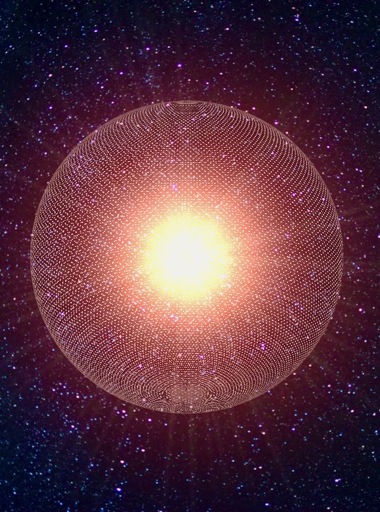A Dyson sphere is a hypothetical megastructure that encompasses a star and captures a large percentage of its power output. The concept is a thought experiment that attempts to imagine how a spacefaring civilization would meet its energy requirements once those requirements exceed what can be generated from the home planet’s resources alone. Because only a tiny fraction of a star’s energy emissions reaches the surface of any orbiting planet, building structures encircling a star would enable a civilization to harvest far more energy.



Is dark matter just Dyson sphered stars?
While the idea is charming, a Dyson sphere itself would still consist of matter and as such it would emit radiation according to its temperature (https://en.m.wikipedia.org/wiki/Thermal_radiation). And since it surrounds a star it is heated from the inside and would definitely emit radiation that can be detected. Dark Matter is missing this radiation part and is only observed by its gravitation.
So the answer is no, unfortunately.
My initial reaction: “What? No.”
After thinking a little bit: “hmm I guess you could say that…”
Like I’m sure it’s not but I don’t know if it’s a worse explanation than any of the other ideas being considered. But I don’t know enough to even know how wrong I am.